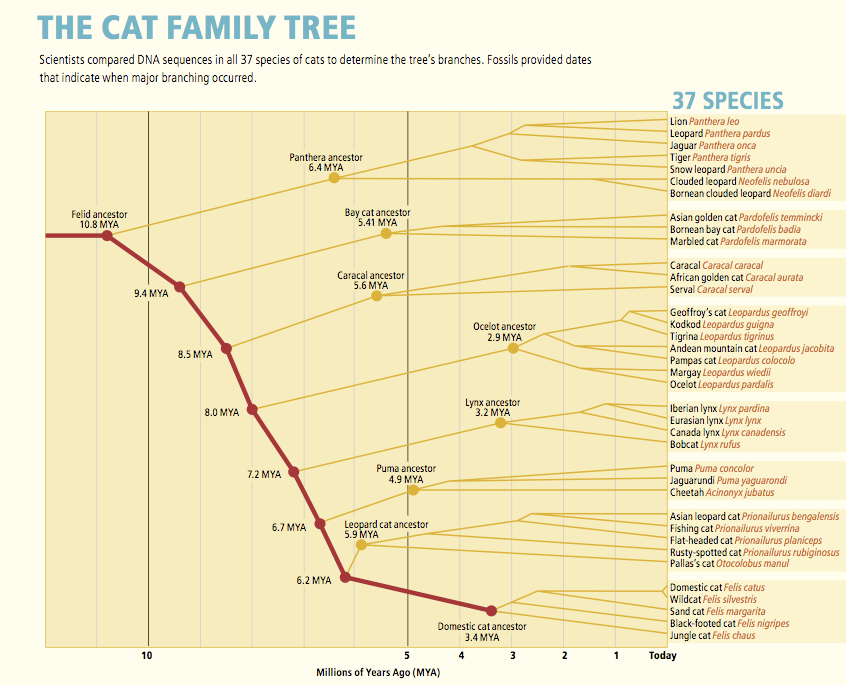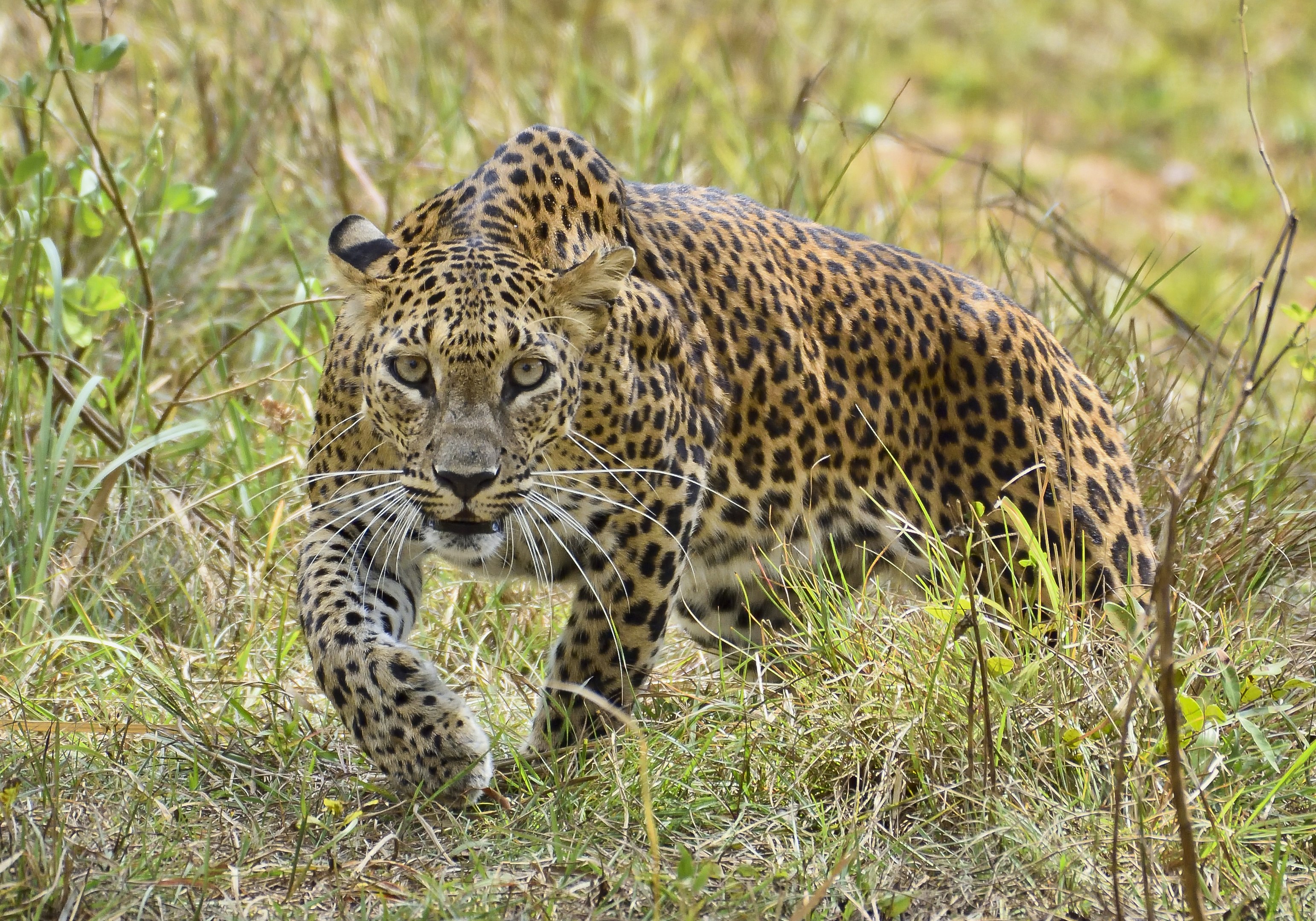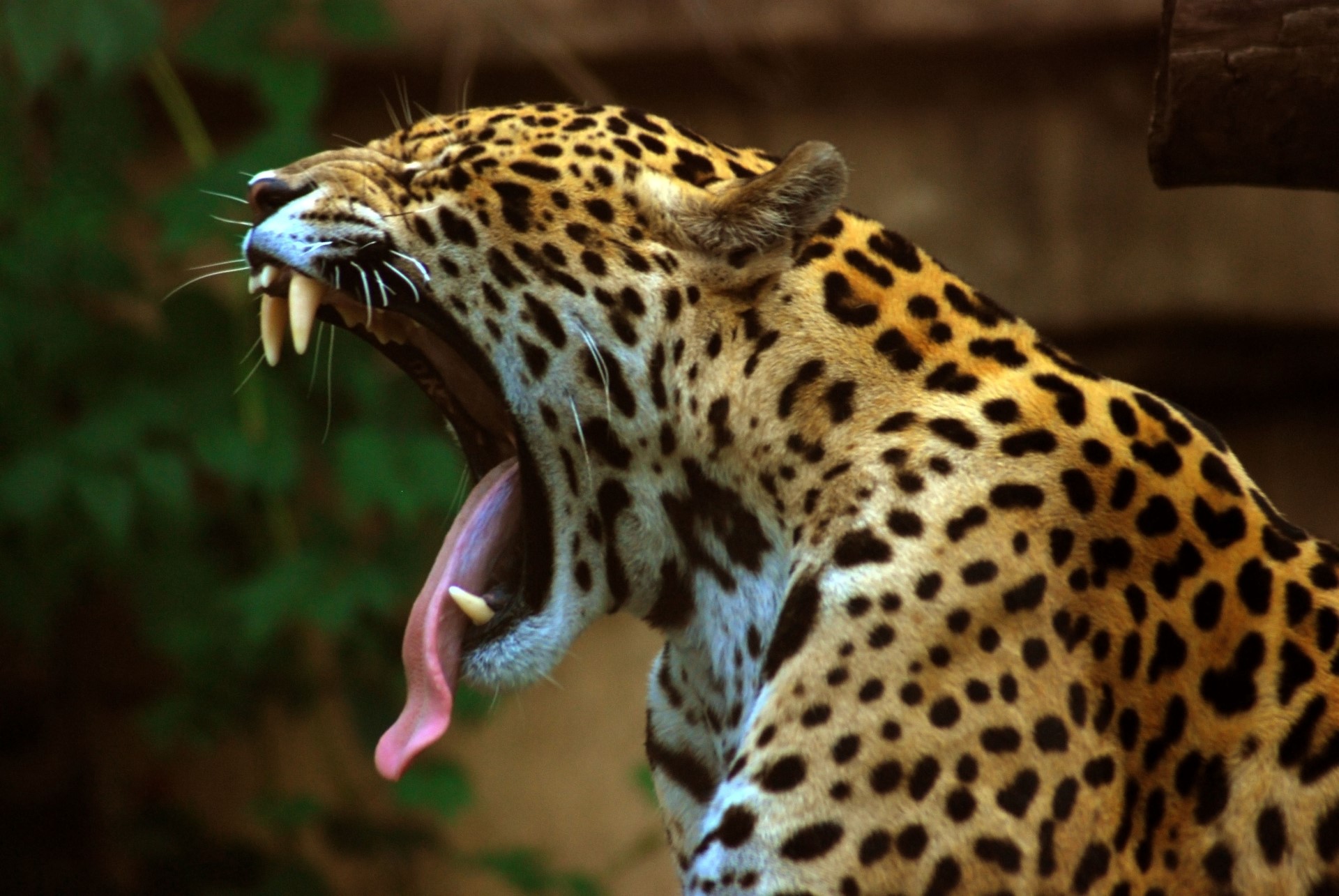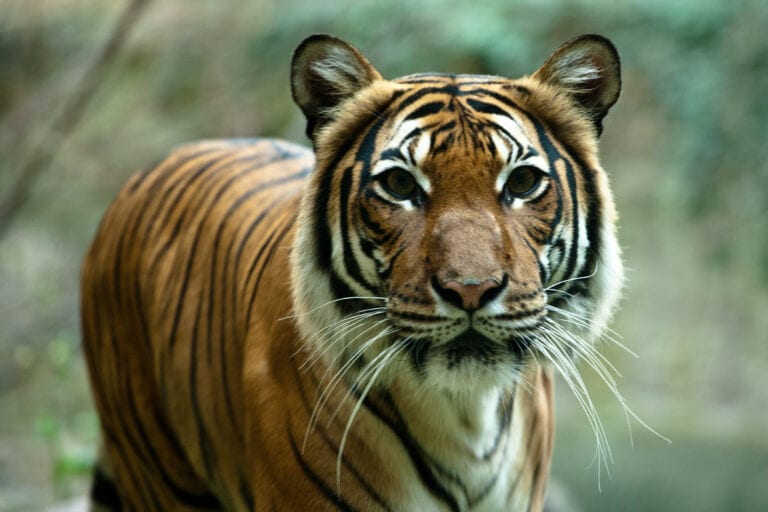Thailand is only thought to have around 120 tigers (as of a photo count last year, but this is up from 100 in 2022). This is a significant reduction on the estimates just a few years ago. It is true that Thailand has significant wilderness within its borders, but there is also significant poaching pressure.
Never-the-less, to see a mother with 3 healthy cubs is rare and very encouraging. Recovery must be allowed to continue, both for the species, and the people of the country, as tigers are worth a great deal in tourism money.
This tiger is the Indo-Chinese tiger subspecies (Click here to visit the tiger page, and scroll to the bottom of the page to click on the subspecies tab).








